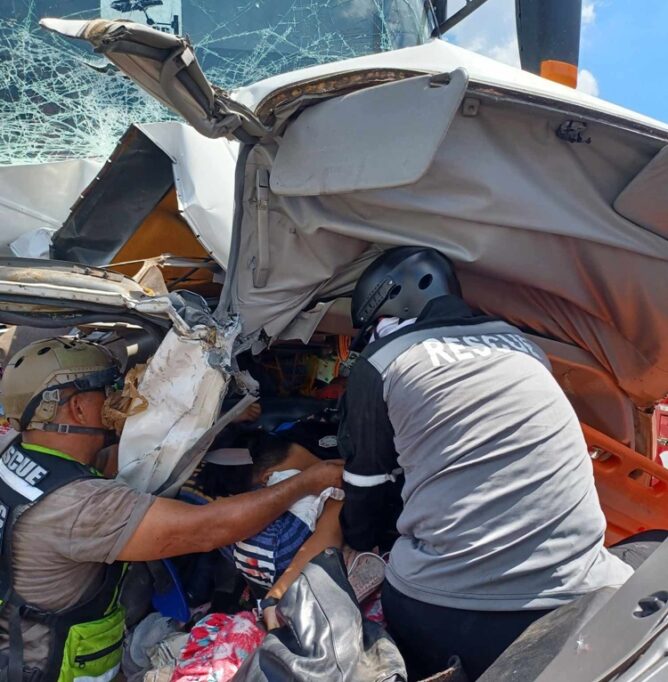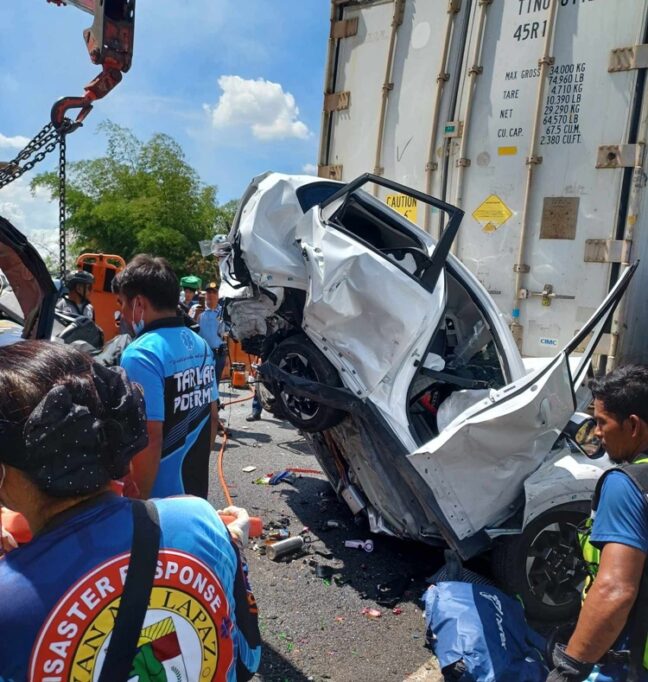LTO Cancels License of SCTEX Crash Driver
SCTEX TRAGEDY – The government has taken swift action following the tragic bus accident on the Subic-Clark-Tarlac Expressway that claimed 10 lives and injured at least 30 others.
The Land Transportation Office (LTO) has officially revoked the license of the bus driver involved and banned him from driving for life after he refused to undergo a mandatory drug test. LTO chief Assistant Secretary Vigor Mendoza II explained that under the law, refusal to take the test is already grounds for license revocation and permanent disqualification.
Transportation Secretary Vince Dizon also confirmed that criminal and civil charges will be filed against Pangasinan Solid North Transit Inc., the company operating the bus involved in the crash. He emphasized that victims and their families will receive compensation beyond what is typically covered by third-party liability (TPL) insurance.

In response to the accident, the Land Transportation Franchising and Regulatory Board (LTFRB) announced that all 278 buses of Solid North will undergo machine-based inspections at accredited Private Motor Vehicle Inspection Centers to ensure they are safe for travel. Additionally, all drivers and conductors from the company must undergo mandatory drug testing at clinics approved by the Department of Health.
The operations of Solid North have been suspended for 30 days following a directive from the Department of Transportation (DOTr). To avoid inconvenience to passengers, especially with the upcoming national and local elections, the LTFRB has arranged for other provincial buses to temporarily cover Solid North’s routes. LTFRB chairman Teofilo Guadiz III assured the public that there are enough buses on standby and special permits are already being issued.

Although the driver tested negative for illegal drugs and alcohol after the crash, some lawmakers—including Senator Ronald “Bato” dela Rosa—emphasized the importance of strict compliance with drug testing laws.
In light of the SCTEX tragedy and a similar incident at NAIA Terminal 1, authorities are now pushing for improved road safety measures. These include shortening the maximum driving hours for public utility vehicle (PUV) drivers from 6 to 4 hours, and implementing stricter and more regular safety inspections—similar to international standards—to help prevent future accidents.
